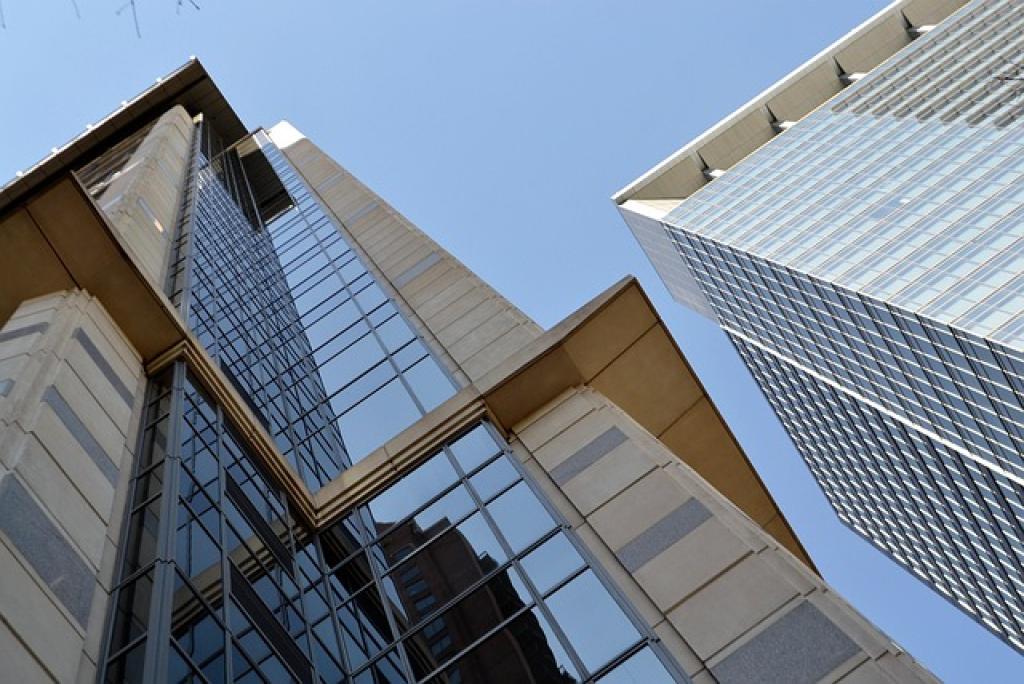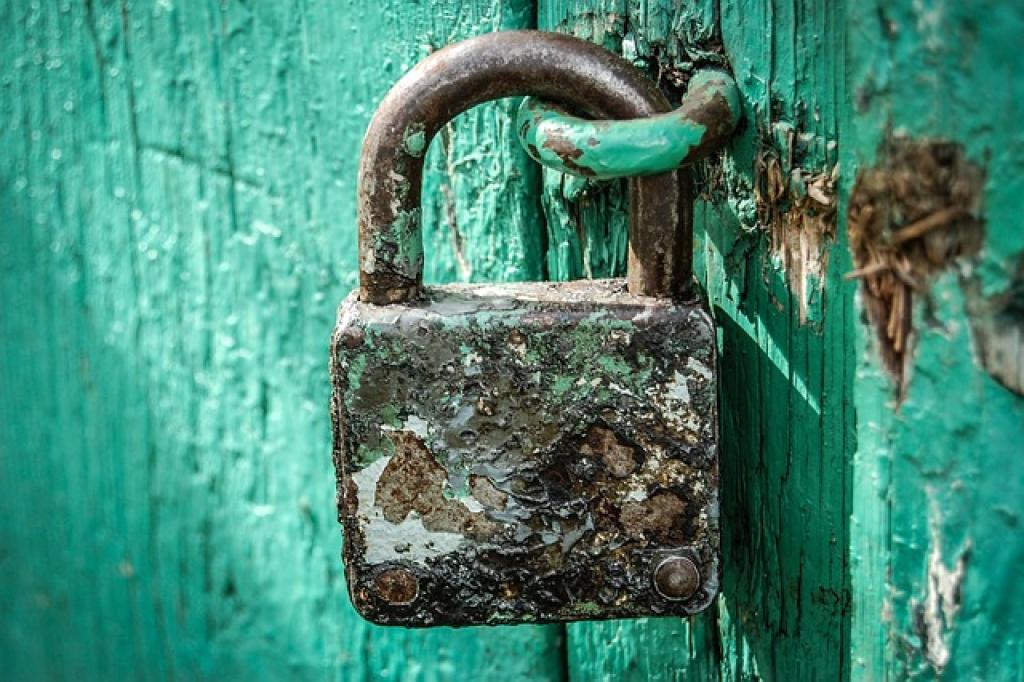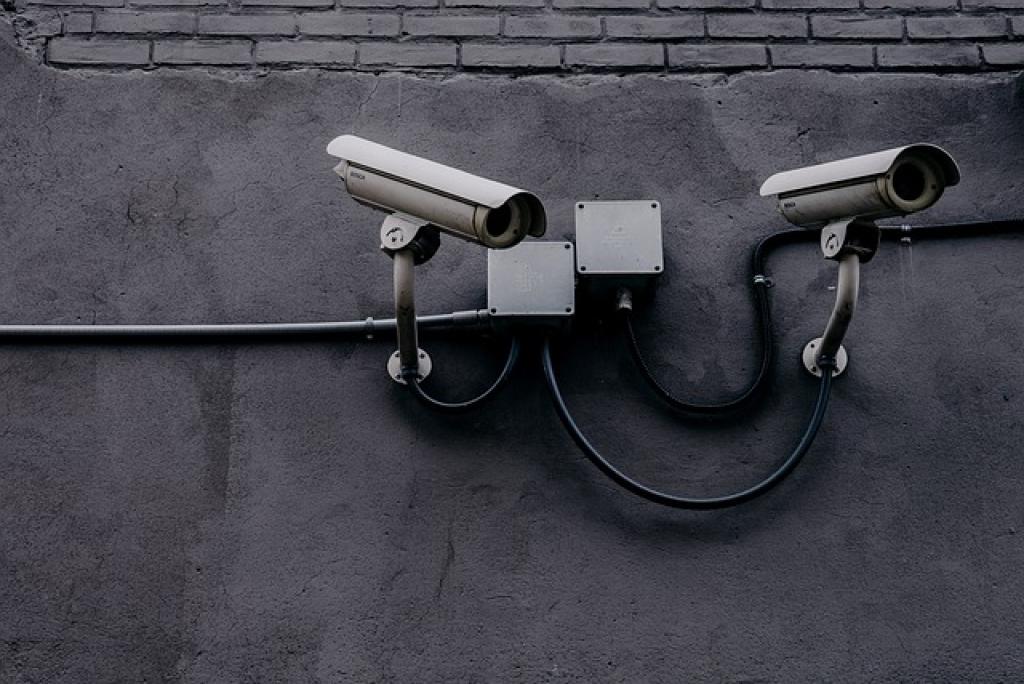
10 Effective Ways to Prevent Trespassing on Commercial Property
Ever felt that uneasy knot in your stomach when thinking about potential trespassers on your property? You’re not alone. Whether it’s vandals, thieves, or just curious wanderers, trespassing can disrupt business operations and lead to costly damages.
With security concerns on the rise, safeguarding your commercial property isn’t just an option—it’s a necessity. Proactive measures can deter unauthorized access and ensure the protection of your assets, employees, and peace of mind.
Let’s dive into ten practical strategies designed to keep your property secure without breaking the bank. By implementing these tactics, you can maintain a safe, welcoming environment for customers and staff while keeping unwanted visitors at bay.
Understanding the Risks of Trespassing
Trespassing on commercial property poses more than just a minor inconvenience. It exposes businesses to a spectrum of risks that can have significant financial and operational repercussions.
Financial Impact
Unauthorized access can lead to theft or vandalism, resulting in expensive repairs and replacements. Insurance premiums might also increase, as repeated incidents indicate heightened risk.
Legal Liabilities
Business owners could face legal challenges if a trespasser is injured on their premises. Even if the individual is there unlawfully, the legal maze can be complex and costly.
Reputation and Safety
Frequent trespassing incidents might damage your brand’s reputation, suggesting poor security measures. This can deter potential clients or partners from engaging with your business.
Furthermore, the safety of employees and customers could be compromised. An unsafe environment might lower employee morale and reduce customer confidence.
Understanding these risks is crucial for implementing effective preventive measures, ensuring both protection and prosperity for your business.
Securing Perimeter Access Points
Fortifying your property’s perimeter is your first line of defense against trespassers. A robust barrier not only deters unauthorized entry but also signals that your property is well-monitored and less vulnerable.
Fencing and Gates
Invest in high-quality fencing and secure gates to create a formidable obstacle. Choose materials that are difficult to climb, cut, or bypass and consider adding barbed wire or anti-climb paint for extra security.
Surveillance Cameras
Install surveillance cameras at strategic points around the perimeter. Visible cameras act as a deterrent, while hidden ones ensure continuous monitoring. Modern systems offer remote access, allowing you to monitor in real time from anywhere.
Lighting and Signage
Adequate lighting is a powerful deterrent. Well-lit areas reduce hiding spots and signal vigilance. Pair lights with clear signage to communicate that the area is under surveillance and that unauthorized entry is prohibited.
Securing these access points not only protects your property but also demonstrates a proactive approach to security, making your establishment less tempting to potential trespassers.
Utilizing Surveillance Technology
In today’s digital age, surveillance technology plays a pivotal role in safeguarding commercial properties. With a blend of advanced features, these tools offer unparalleled protection and peace of mind.
Advanced Camera Systems
Modern camera systems come equipped with high-definition video, night vision, and motion detection. These features ensure you capture clear footage in all conditions, providing crucial evidence in case of an incident.
Integration with Smart Devices
By integrating cameras with smartphones or tablets, business owners can receive instant alerts and view live footage from anywhere. This capability enhances your ability to respond swiftly to suspicious activities.
Video Analytics
Leveraging video analytics can transform raw footage into actionable insights. Whether through facial recognition or license plate reading, these systems help identify and track intruders more efficiently.
Additionally, employing a combination of visible and covert cameras can adapt surveillance to various scenarios, catching trespassers in the act while deterring others.
By embracing these technological solutions, businesses can significantly enhance their security posture, making it tougher for intruders to slip through the cracks undetected.
Implementing Physical Barriers
Physical barriers are essential in deterring unauthorized access and can seamlessly blend with the aesthetic of your commercial property. While they serve a functional purpose, they can also enhance the visual appeal of your premises.
Bollards and Barriers
Installing bollards at entry points can prevent vehicular access while allowing pedestrian flow. These sturdy, often decorative poles create a clear boundary and are effective in high-traffic areas.
Landscaping Elements
Strategic landscaping can serve as a natural deterrent. Thorny bushes or dense hedges around vulnerable spots make it harder for intruders to approach unnoticed while adding a touch of greenery.
Walls and Fences
Consider walls or fences for height and privacy. Materials like brick, stone, or metal not only fortify your perimeter but can be designed to complement the architecture of your building.
Creating a Multi-Layered Defense
Combine different types of barriers for heightened protection. For example, pairing high fences with thorny plants at ground level can maximize deterrence.
These physical barriers, when combined with other security measures, create a formidable defense line that discourages trespassers and safeguards your property effectively.
Establishing Clear Boundaries and Signage
Defining your property’s boundaries is a simple yet crucial step in preventing trespassing. Clear demarcations serve both as a legal declaration of private property and a psychological deterrent for potential intruders.
Signage plays a significant role in enforcing these boundaries. Well-placed signs can inform and warn, reducing the likelihood of accidental or intentional breaches. Use clear, concise language and universal symbols to communicate effectively, ensuring that messages are straightforward for everyone.
Signs indicating “Private Property,” “No Trespassing,” or “Surveillance in Use” are particularly effective. Place them at regular intervals along the perimeter and at all entrances. This visibility keeps unwelcome visitors informed and makes willful trespassing a conscious decision.
Maintaining these boundaries and signs is equally important. Regular inspections to replace weather-worn signs or repair any damage shows vigilance and commitment to security, further deterring potential trespassers.
By establishing and maintaining clear boundaries and signage, you underline the seriousness of your security measures and effectively communicate that your property is closely monitored and protected.
Training Employees on Security Protocols
Your employees are the frontline of your security strategy. Training them in security protocols not only equips them with the knowledge to handle potential threats but also fosters a culture of vigilance within your business.
Conduct regular training sessions that cover essential security procedures, from recognizing suspicious behavior to knowing how to react in emergencies. Tailor these sessions to reflect the specific challenges and needs of your property, ensuring relevance and engagement.
Empowering Through Knowledge
Empower employees to take initiative. Encourage them to report any irregularities immediately and provide clear guidelines on whom to contact. Clarity in communication reduces hesitation and ensures a swift response to potential threats.
Consider implementing drills to simulate different security scenarios. These hands-on practices enhance readiness and reinforce theoretical knowledge, making sure employees are prepared to act effectively when necessary.
Regular reviews and updates to training content keep security protocols fresh and aligned with the latest threats and technologies. Employees armed with up-to-date knowledge are integral to maintaining a secure environment and deterring unauthorized access.
Ultimately, a well-trained workforce not only strengthens your security measures but also builds a proactive, observant team committed to maintaining a safe workplace.
Engaging with Law Enforcement and Community Resources
Collaborating with local law enforcement and community resources is a vital component of a thorough security strategy. These partnerships can offer invaluable support in maintaining the safety of your commercial property.
Reach out to your local police department to establish a direct line of communication. Invite officers to conduct property assessments and provide feedback on your current security measures. Their expert insights can help identify vulnerabilities you might have overlooked.
Building Community Ties
Engage with local business associations and neighborhood watch programs. These groups can facilitate information sharing about recent incidents or suspicious activities in the area, fostering a network of vigilance that benefits everyone involved.
Participate in community meetings or events to stay informed about the broader safety landscape. These venues offer opportunities to discuss security concerns collectively, creating a cohesive community effort towards crime prevention.
Additionally, consider hosting or attending workshops on security topics. This proactive approach not only strengthens ties with law enforcement but also demonstrates your commitment to a secure and thriving community.
By actively engaging with law enforcement and community resources, you enhance your property’s security measures and contribute to a safer environment for all.
Conclusion: Regular Security Audits and Updates
Maintaining a secure commercial property is an ongoing process, and while implementing robust security measures is essential, regular audits and updates are equally important. These proactive steps ensure that your security systems remain effective and adapt to evolving threats.
Scheduling regular security audits allows you to assess the current state of your protections. Identify any weaknesses or areas for improvement that may have developed over time due to wear and tear, technological advances, or changes in the surrounding environment.
Moreover, keeping your security measures up-to-date with the latest technologies can substantially enhance your property’s defenses. Innovations in surveillance, access control, and alarm systems can offer advanced features that better deter and detect intruders.
It is also beneficial to revisit employee training periodically. Refreshing security protocols and reinforcing their importance keeps your team vigilant and informed about new procedures and potential risks. Engaged employees who understand the evolving security landscape are a vital asset in preventive efforts.
Staying connected with law enforcement and community organizations is another critical aspect of maintaining security. Regular communication with these resources ensures that you are aware of local crime trends or security threats that may impact your business.
In essence, a dynamic approach to security—one that embraces audits, updates, and community engagement—helps protect your commercial property effectively. By being proactive and adaptable, you stand prepared to face whatever challenges come your way, ensuring a safer environment for both your business and its stakeholders.


